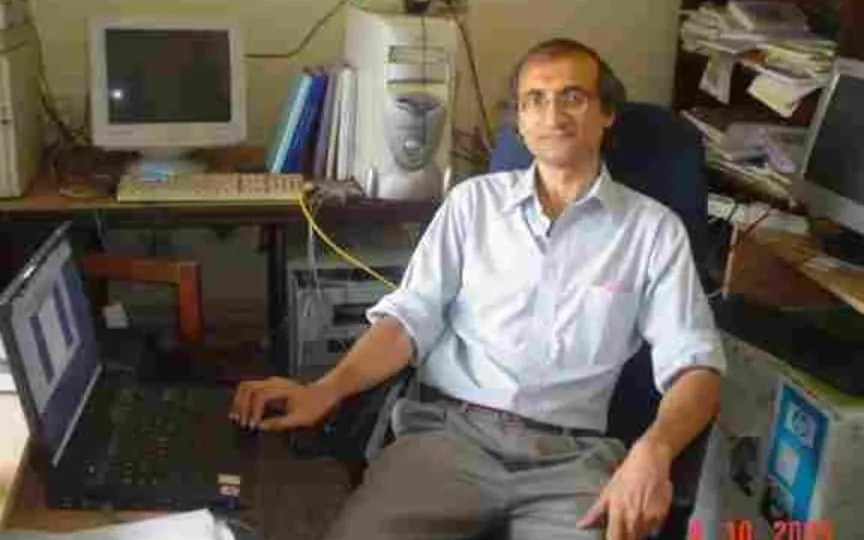Indian professor honored by IAU with asteroid named after him for his contributions to astronomy
The International Astronomical Union (IAU) has recognized Prof Jayant Murthy, a distinguished Indian astrophysicist from the Indian Institute of Astrophysics (IIA) in Bengaluru, by naming an asteroid after him. The asteroid, formerly known as “2005 EX296,” has been officially renamed “(215884) Jayantmurthy” by the IAU’s Working Group on Small Bodies Nomenclature. Located between Mars and Jupiter, this asteroid completes a full orbit around the Sun every 3.3 years.
Professor Murthy’s contributions to the New Horizons mission
Professor Murthy, who will retire from IIA in 2021 but will continue as an honorary professor, expressed his joy at the rare recognition. He thanked for this honor his work in the NASA New Horizons science group, which focused especially on observing the ultraviolet background radiation of the universe. The New Horizons mission, famous for its detailed study of Pluto during its 2015 flyby and subsequent exploration of the Kuiper Belt, has benefited from Professor Murthy’s input.
Past IIA leaders and asteroids named after them
His research focused on measuring the cosmic ultraviolet background is vital to understanding the phenomena of the sky. Professor Annapurni Subramaniam, director of the IIA, described the naming of the asteroid as a “very rare honour”. Prof Murthy now joins the distinguished ranks of previous IIA directors Prof MK Vainu Bappu and Prof JC Bhattacharyya who have also named asteroids.
Joice Mathew, a former student of Professor Murthy’s who currently works at the Mt Stromlo Observatory in Australia, hailed the recognition as well-deserved. He highlighted the excitement among those familiar with Professor Murthy’s work, noting that an asteroid named after him is an incredible tribute to his contributions to the field of astrophysics.
The designation “(215884) Jayantmurthy” serves as a testament to Professor Murthy’s significant contribution to research in ultraviolet astronomy and space missions and highlights India’s prowess in the field of astrophysics on the international stage.




